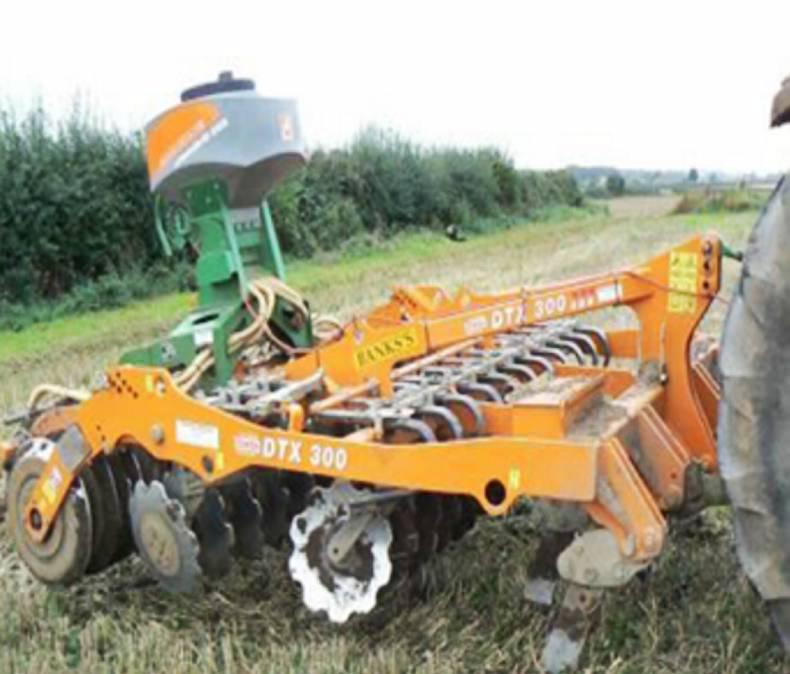Harvest: A bad week everywhere meant virtually no harvesting in the past week. While many crops were not ripe a week ago there are now very many waiting to be harvested. This adds to the risk of problems like brackling, skinning, sprouting and germinative energy issues in malting barley and these risks increase with every passing day.
Skinning: This has been a significant problem this year. The problem is not confined to Ireland and it does appear to be a bigger problem in specific years and it is serious when it results in rejection for malting.
Growers recognise the issue and know that it can be found even with hand threshing, so it is not a specific combine setting issue. However, kinder combine settings can help to reduce the level of skinning in the threshed sample and that may help prevent rejection for malting in grain samples that easily meet all the other quality requirements.
Experts tell me that skinning is complicated by both variety and environment. Most modern varieties are regarded as having moderate resistance to skinning and while there are differences, none can be regarded as resistant.
It is difficult to say if the problem has become worse in recent years but breeding for bigger grains and malting specs could be part of the issue. Genetics have some part to play but severe problems are still more likely to result from a combination of variety and environmental factors.
Stress issues or variable weather during the mid-phase of grain filling are suggested as complicating factors as they may affect the quality of husk adhesion. Most believe that wetting and drying cycles prior to harvest also increase skinning – these same factors enhance crop ripening.
Good conditions for cultivation: The poor conditions for harvesting have been good for cultivation. It is always good to see shallow cultivation immediately after harvest to get weed seeds germinated. Having straw or bales on fields has delayed this operation. But with moisture now more plentiful it should be easier to do a good job.
Oilseed rape: Planting of oilseed rape should ideally be completed this week but many fields have not yet been harvested. Time is of the essence in these situations so straw should be chopped to gain a few days. If straw is chopped and you are not ploughing it still needs to be incorporated if you are to use residual herbicides.
Catch crops: If you have signed up to plant catch crop under GLAS they need to be planted as quickly as possible after harvest to maximise the benefit from the effort. Remember, the effort from the planting is for you, as well as the payment, if your land is to really benefit.
Soil testing: Use the lull in the harvest to take soil tests – a valid soil test must be no more than four years old. Worn fields that show annual variability should have a test done in the variably performing zones.






 This is a subscriber-only article
This is a subscriber-only article










SHARING OPTIONS: